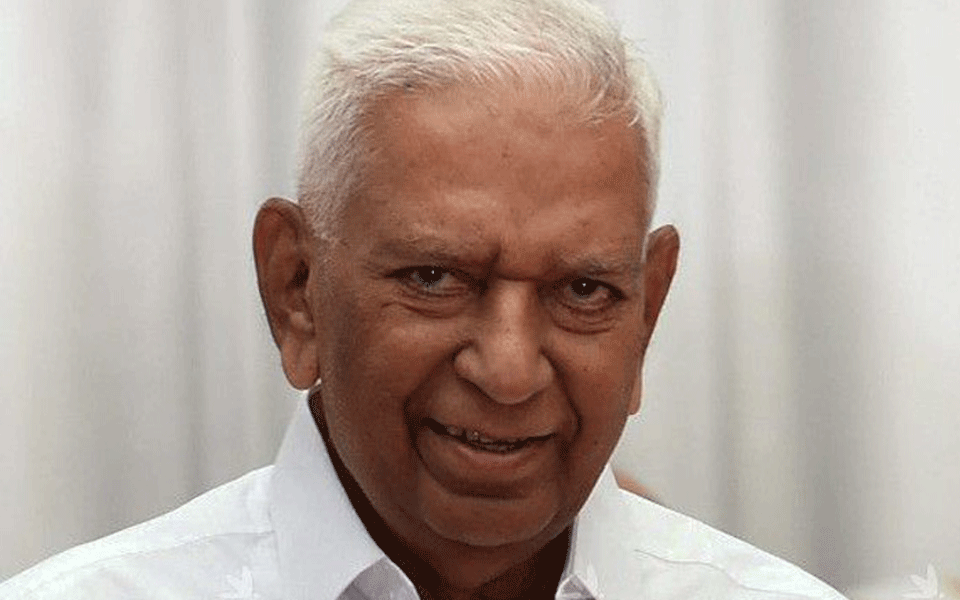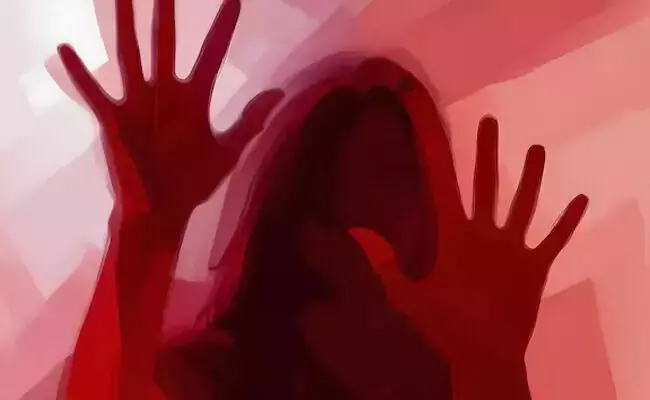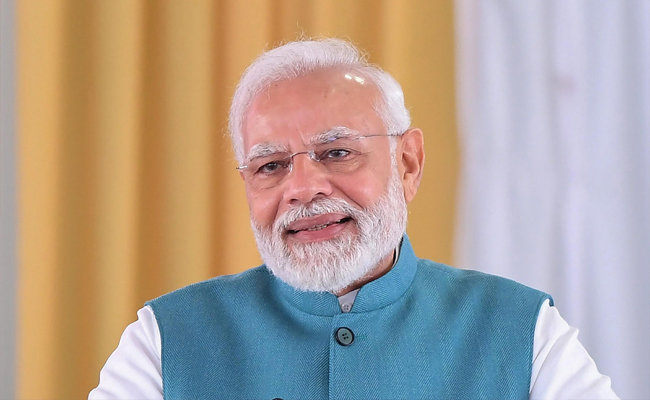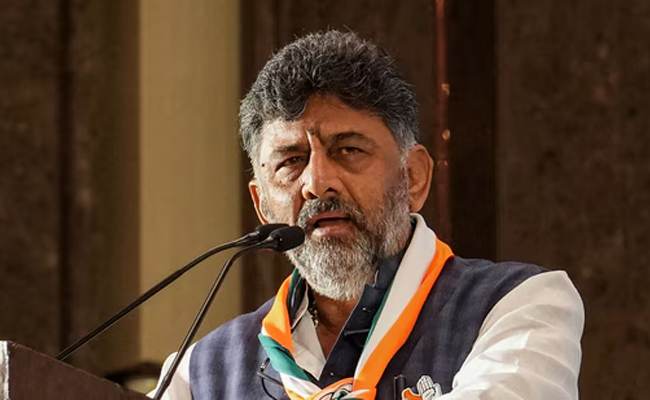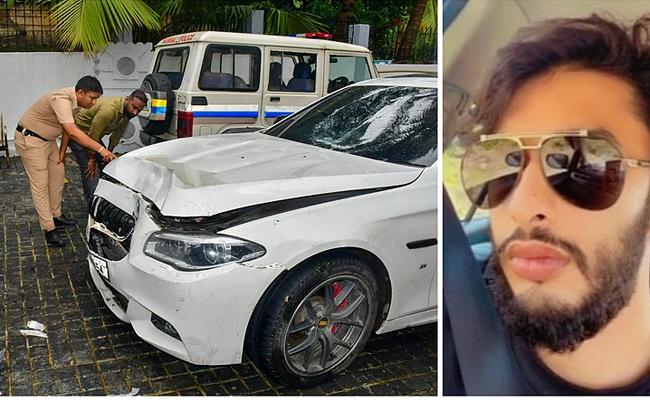Bengaluru, Aug 16 : Karnataka Governor Vajubhai R. Vala on Thursday opened his official residence, Raj Bhavan, in the city centre for the public to visit the historic building.
"People of Bengaluru and across Karnataka always wondered what Raj Bhavan looks like, particularly students. So, we have decided to allow visitors free of cost from 4 p.m. to 7.30 p.m. from August 16-31," Vala told reporters at Raj Bhavan.
Built by a British army officer Sir Mark Cubbon between 1840-42, when he was the Commissioner of then Mysore territories, Raj Bhavan has largely remained unaccessible to the public so far.
"Its premises are like a well-guarded citadel which generally remains closed for the public, as the entry inside the Raj Bhavan has always remained restricted," a note from the Governor's Office said.
By making an e-booking on the Governor's website at least five days prior to their visit, people can go around the 18-acre colonial building with rich history, of which spectacular gardens with over 15,000 plants and trees occupy about 16 acres.
Through the state's Tourism Department guides, the public, in batches of 30, will be given a 30-minute tour around the premises. An estimated 300-400 people can visit the heritage building each day.
"People can visit the premises and appreciate the history behind it. The visiting hours will be extended if there is high demand for the tour," the Governor said.
Formerly known during the British era as the Bangalore Residency, or the Mysore State Residency, or the Residency, the Raj Bhavan houses a 'Glass House', where state events, swearing-in ceremonies take place, and a ballroom for state functions apart from the residential area.
With 19 bedrooms named after famous Indian rivers and mountains, the sprawling estate displays ancient artefacts and paintings, a few dating back to the 11th century.
The brahmagiri Presidential Suite of the Raj Bhavan is reserved for the Presidents, Vice-Presidents and Prime Ministers visiting the city.
From former Prime Minister Jawaharlal Nehru to Prime Minister Narendra Modi, several Prime Ministers have visited and stayed at the two-storeyed majestic residence.
Post Indian Independence in 1947, the building was also used for several meetings of the Congress party, the note added.
Let the Truth be known. If you read VB and like VB, please be a VB Supporter and Help us deliver the Truth to one and all.
Gorakhpur (PTI): A hospital employee was booked for allegedly sexually assaulting a woman in the pretext of an ultrasound test here in the district women's hospital, police said on Saturday.
According to the complaint, the woman, a resident of the Gulriha area, visited the district women's hospital on Thursday morning for an ultrasound test.
She was directed to a room, where Abhimanyu Gupta was conducting ultrasounds. When her turn came, the accused allegedly stared at her and told her to remove all her clothes, claiming it was necessary for the test and that a massage would also be required, she said.
ALSO READ: UP: Girl kidnapped, raped multiple times over 25 days; accused held
The woman alleged that once she complied, the accused began making obscene advances and tried to force himself on her. When she screamed, he allegedly gagged her, abused her and threatened to kill her before pushing her out of the room.
She said her complaints within the hospital went unheard, forcing her to approach the police.
Taking cognisance of the complaint, the hospital administration constituted a three-member inquiry committee, officials said.
Senior consultant (paediatrics) Dr Jay Kumar said, "The woman has levelled serious allegations against a staff member. Senior officials have been informed, and a departmental inquiry is underway. Strict action will be taken if the charges are proved."
Kotwali Station House Officer Chatrapal Singh said a case has been registered, and efforts are on to nab the accused.

